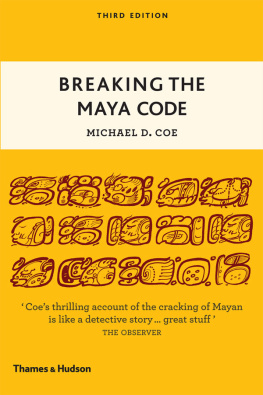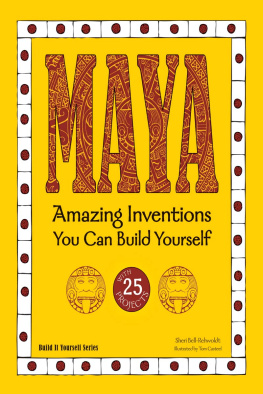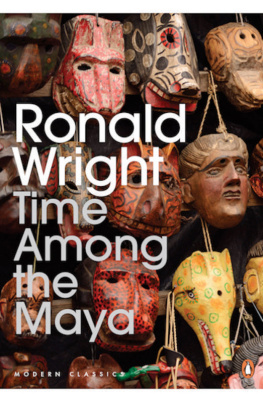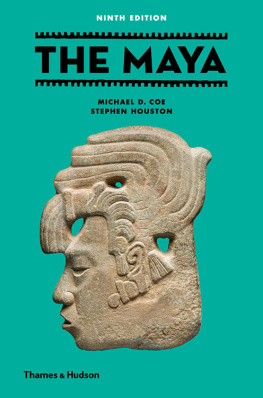TO THE MEMORY OF YURI VALENTINOVICH KNOROSOV
aj bobat, aj miatz, etail
Michael D. Coe is one of the worlds leading authorities in Maya studies. His many other books include The Maya, Mexico: From the Olmecs to the Aztecs, Reading the Maya Glyphs (with Mark Van Stone) and The True History of Chocolate (with Sophie D. Coe), all published by Thames & Hudson.
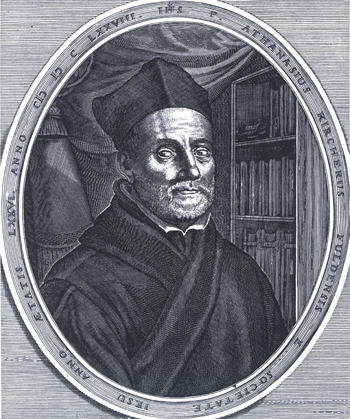
Athanasius Kircher (160280), the Jesuit priest whose ideas about the nature of Egyptian writing held up its decipherment for more than a century.
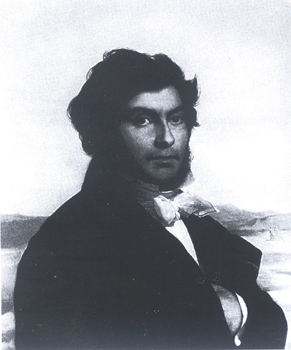
Jean-Franois Champollion (17901832), the Frenchman who finally deciphered Egyptian hieroglyphic writing.

Michael Ventris (192256). This young architect broke the Linear B code of the Mycenaean Greeks.
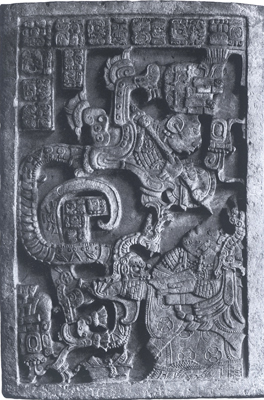
).
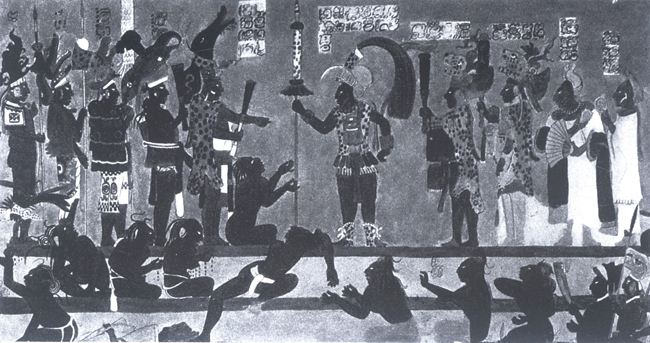
Detail of the remarkable Late Classic murals at Bonampak, Mexico, c. AD 790. The ruler Chan Muwan and his subordinates stand in judgment over captives.
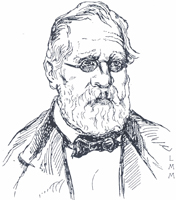
Jean Frdric Waldeck (1766?1875), eccentric French artist and adventurer, and an early explorer of the Maya city of Palenque.

Constantine Samuel Rafinesque (17831840), polymath Franco-American naturalist who discovered Maya bar-and-dot numeration.
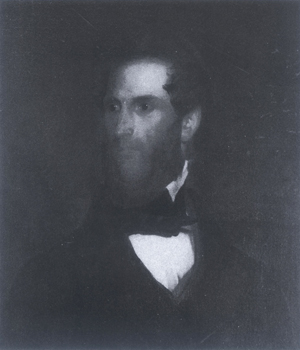
John Lloyd Stephens (18051852), the American lawyer whose explorations brought the Maya civilization to world attention.
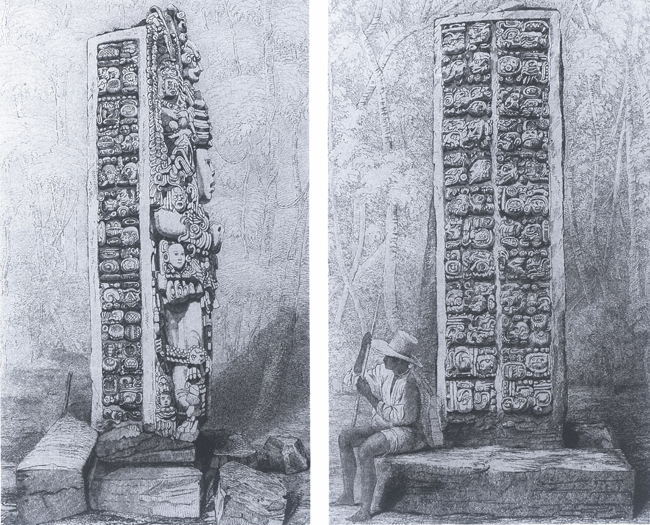
9, 10 The side and back of Stela A, Copn, Honduras, engravings from drawings made by Frederick Catherwood, artist on Stephens expeditions.
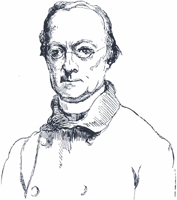
Charles tienne Brasseur de Bourbourg (18141874), French abb who brought to light Landas Relacin and other important manuscripts which illuminated ancient Maya culture.
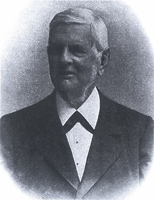
Ernst Frstemann (18221906). In his studies of the Dresden Codex, this German librarian worked out many of the details of Maya calendrics and astronomy.

Page 49 from the Venus Tables of the Dresden Codex, as published by Frstemann in 1880.
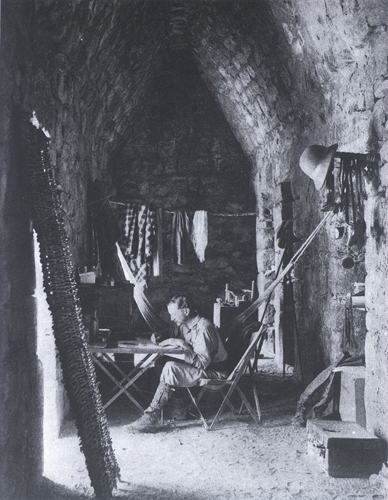
Alfred P. Maudslay (18501931), in a room of the Monjas at Chichn Itz, Yucatn. This Englishman was responsible for the first comprehensive publication of the Maya inscriptions.
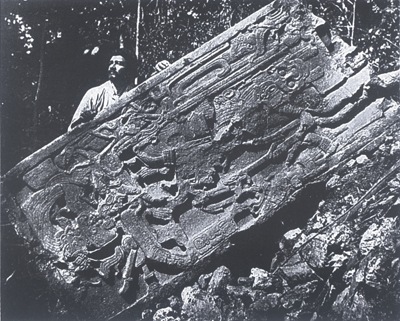
Teobert Maler (18421917), the irascible Austrian whose photographic record of Classic monuments established new standards.

Lon de Rosny (18371914), French Orientalist and decipherer of the Maya glyphs for the world-directions.
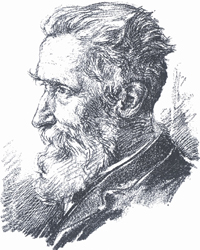
Eduard Seler (18491922), German scholar and leading Mesoamericanist of his generation; he was a formidable foe of the phonetic school represented by Cyrus Thomas.
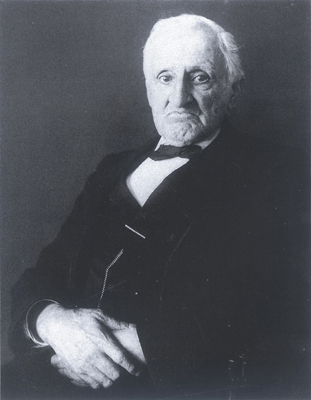
Cyrus Thomas (18251910), pioneer American anthropologist and main proponent of the phonetic approach to the glyphs in the late nineteenth century.
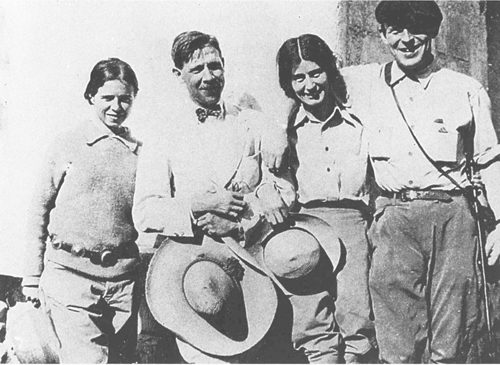
Left, Sylvanus G. Morley (18831948) and his wife Frances; right, J. Eric S. Thompson (18981975) and his wife Florence. Taken at Chichn Itz in 1930 during the Thompsons honeymoon.
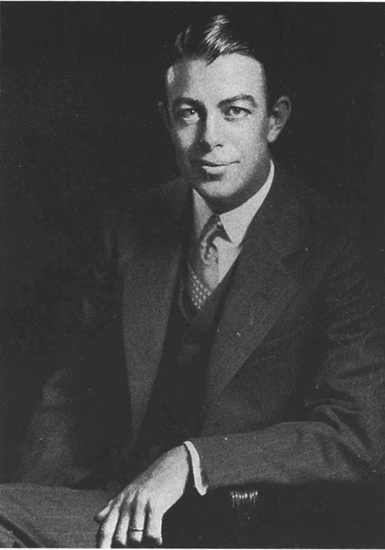
Benjamin Lee Whorf (18971941), brilliant American linguist whose attempt at a phonetic decipherment met with failure.
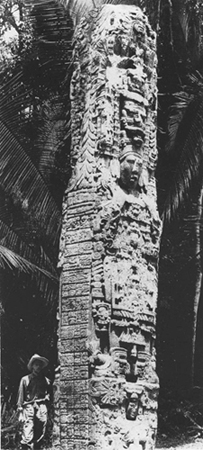
Sylvanus Morley beside Stela F at Quirigu, Guatemala, about 1912. Morleys publication of the inscriptions fell below the standards established by Maudslay and Maler.
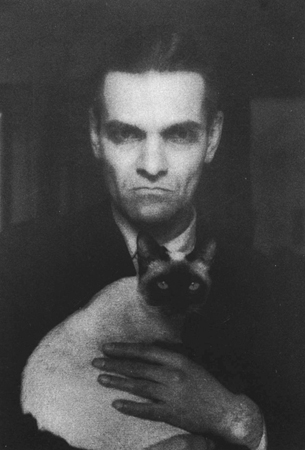
Yuri Valentinovich Knorosov in Leningrad, about 1960.
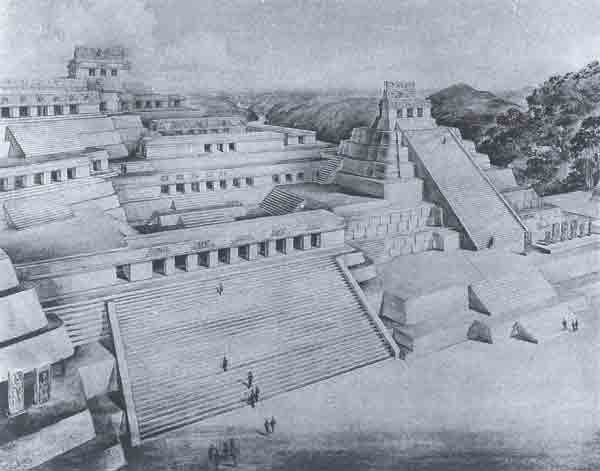
Tatiana Proskouriakoffs reconstruction of the Acropolis at Piedras Negras, Guatemala. She proved that the Maya stelae lined up before pyramids were dynastic records.
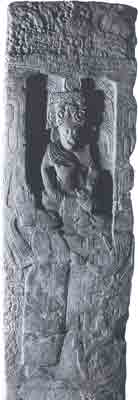
Stela 14 from Piedras Negras. In her 1960 paper, Proskouriakoff showed this to be an accession monument.
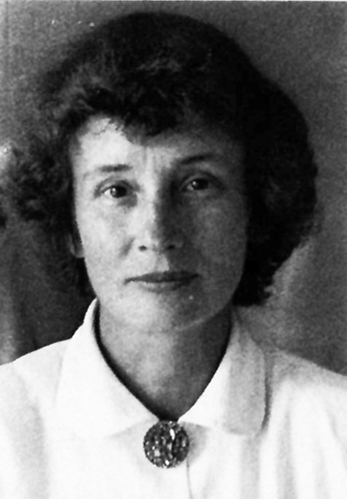
Tatiana Proskouriakoff (19091985), from a group picture of the Carnegie staff at Mayapn, Mexico, 1952. Eight years later she published the paper which revolutionized Maya research.

Next page
